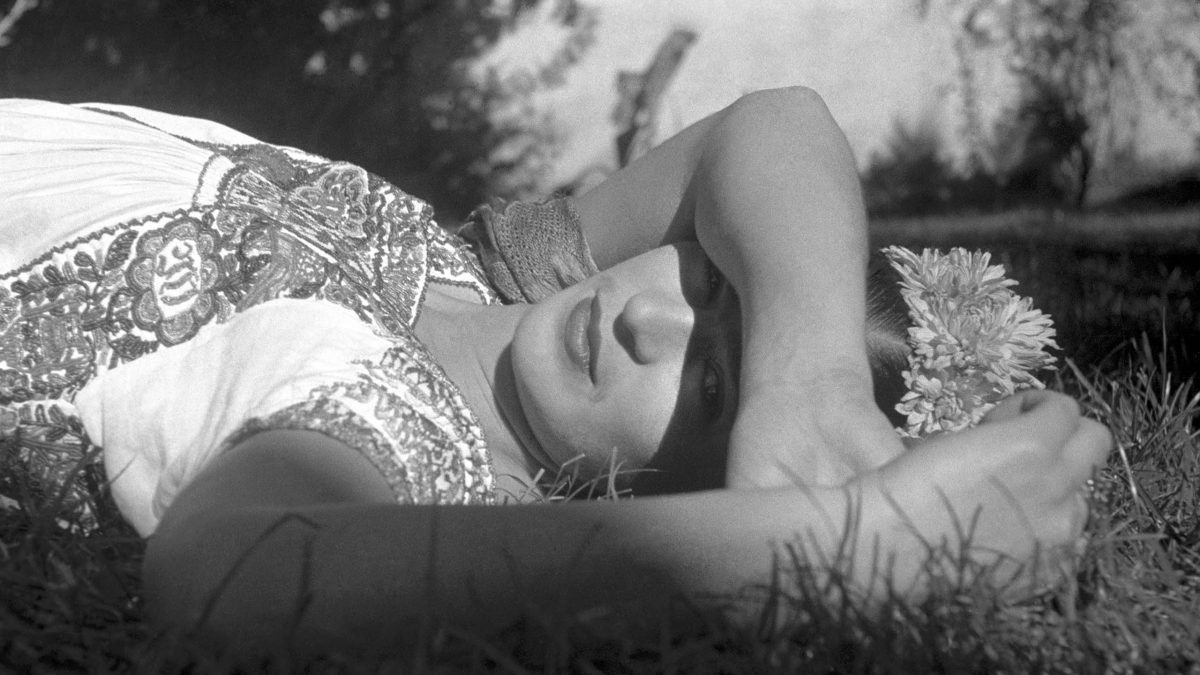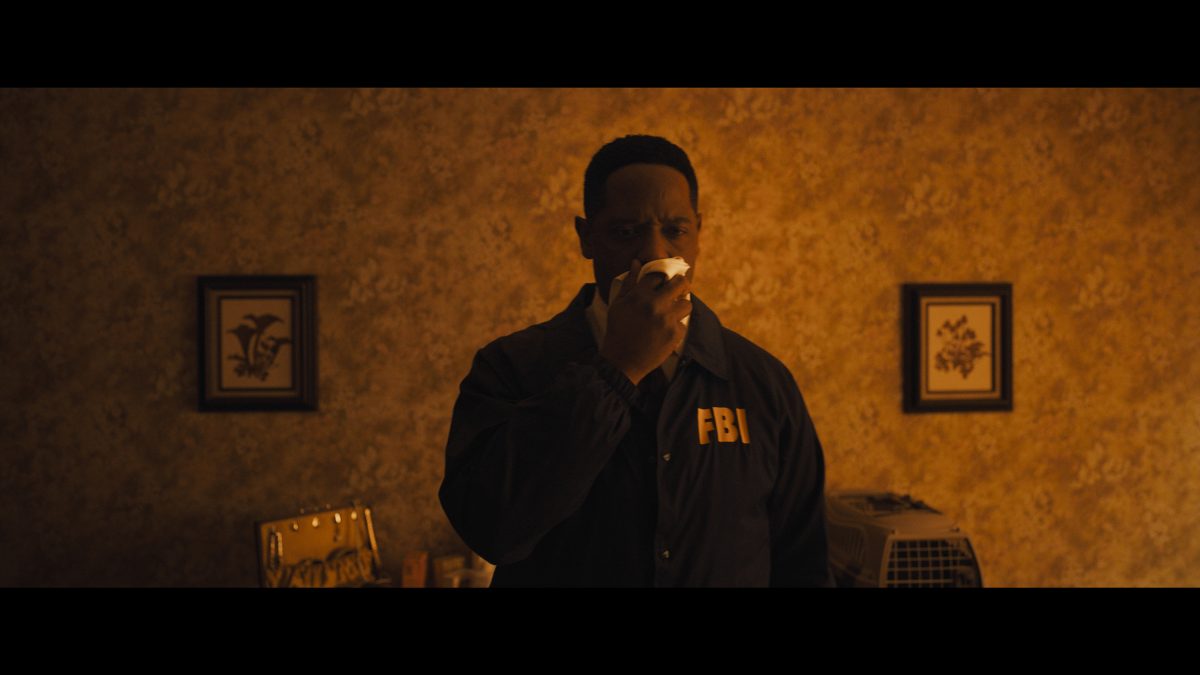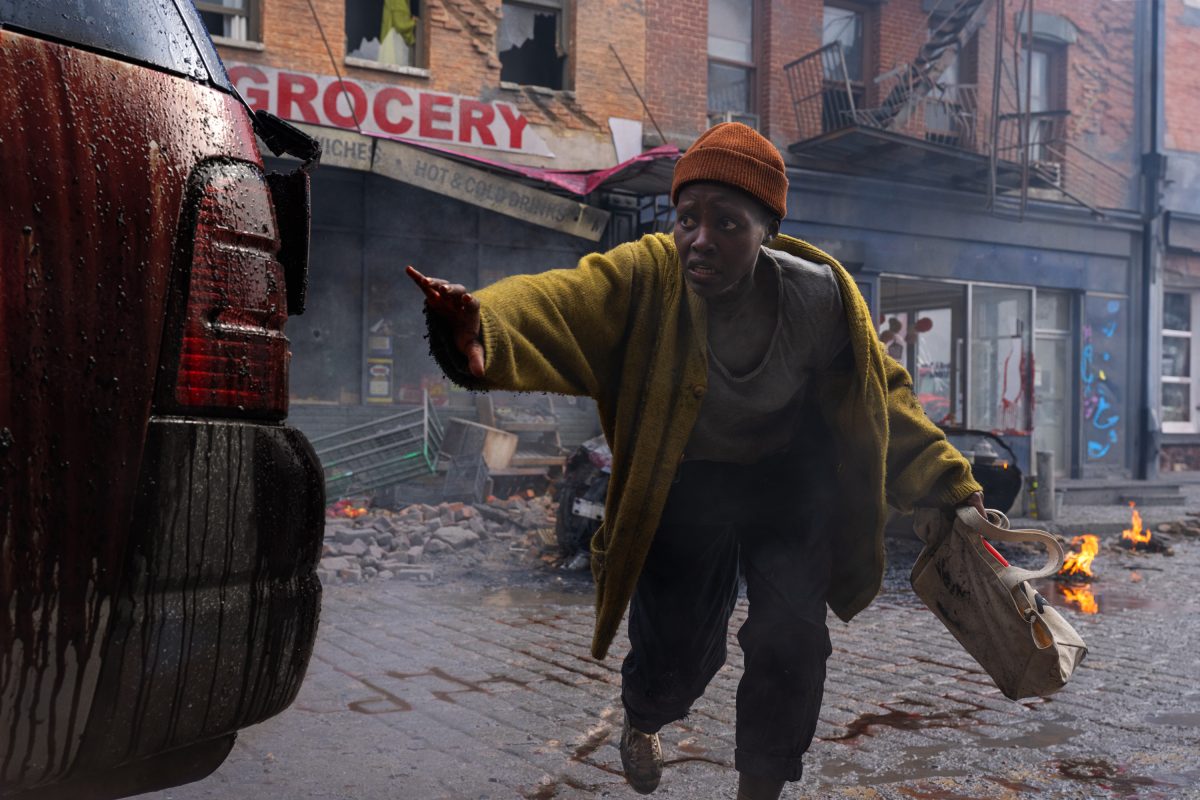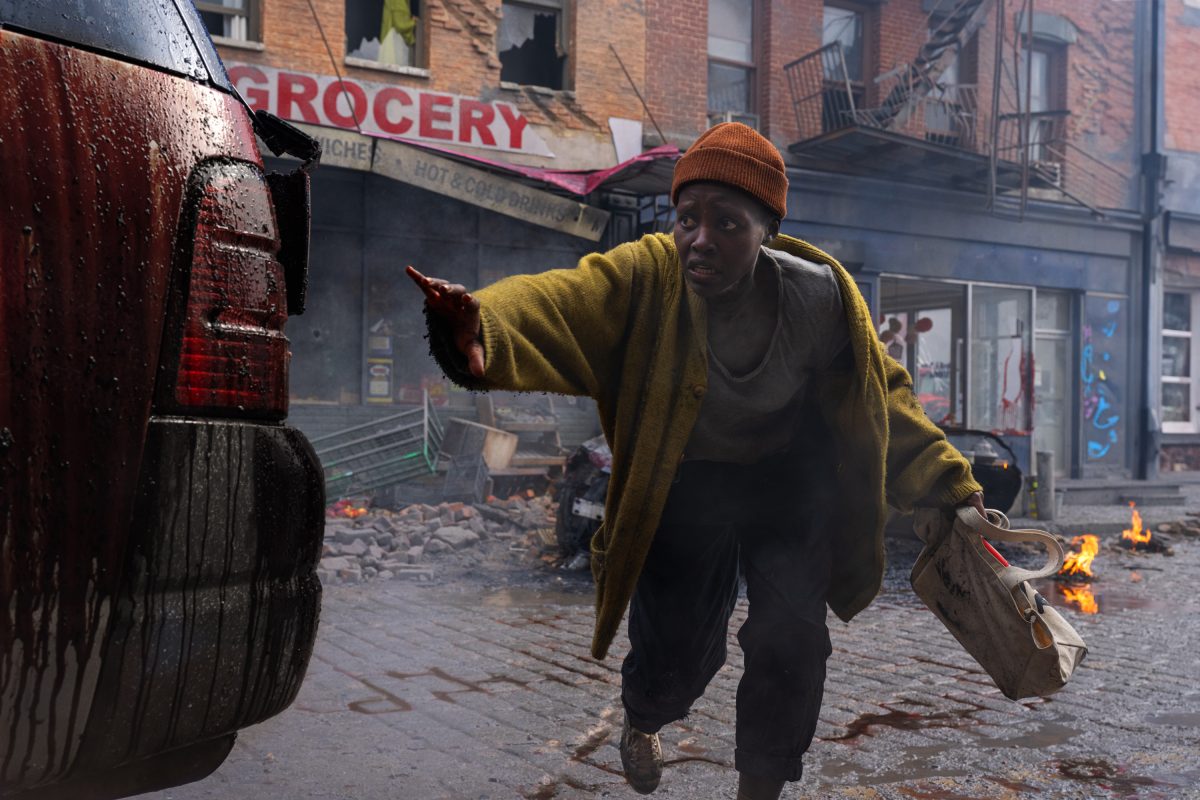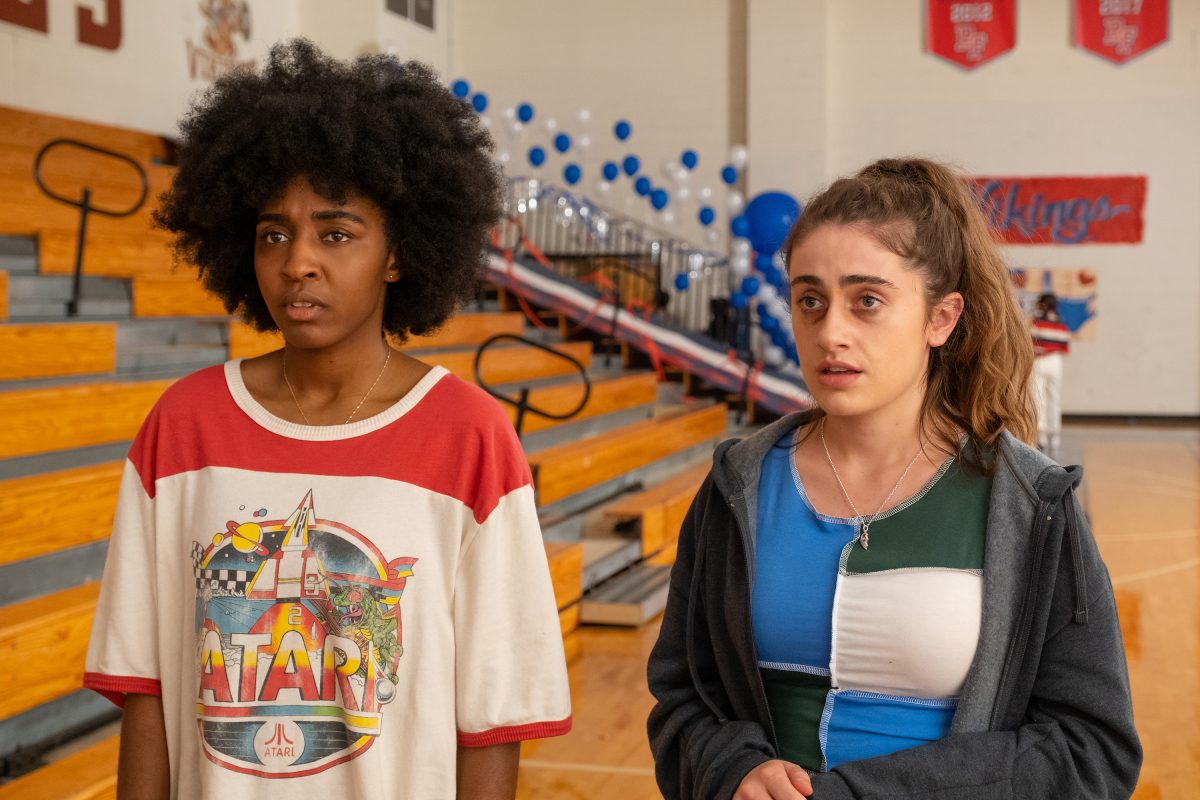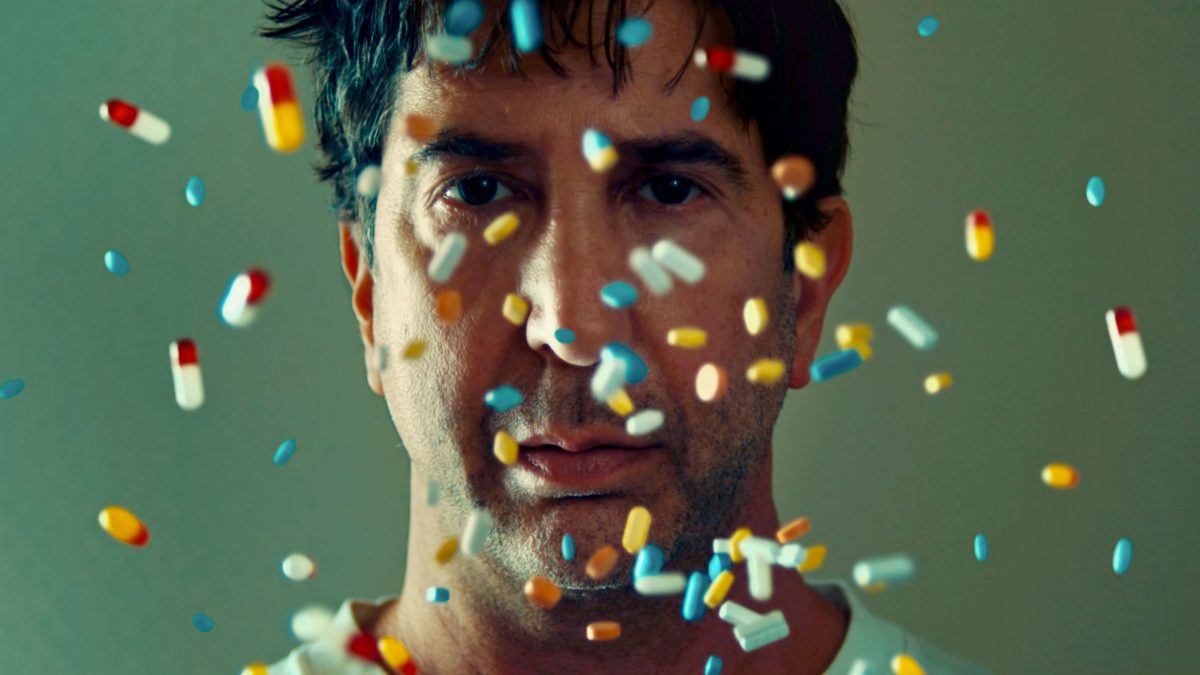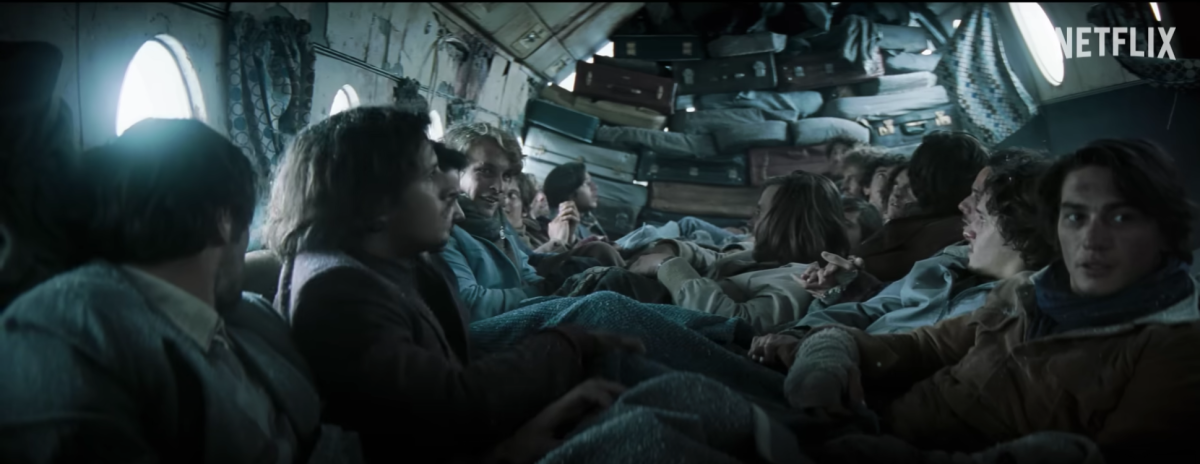“Frida,” the debut documentary film from filmmaker Carla Gutierrez, premiered at this year’s Sundance Festival, and documents the life, career and artwork of Mexican painter, Frida Kahlo.
Kahlo always had an interest in art from a young age, but in 1925, she was in a severe bus accident. During her time of recovery, Kahlo learned how to paint and would pursue a career in painting until her death in 1954.
Kahlo experimented with realism, symbolism and surrealism oftentimes in her paintings and she used her art, specifically her self-portraits, as a way to express her sexuality and pain.
After 70 years, Kahlo has become one of the most recognized and important artists from her era.
This new documentary is largely made up of archival photos and videos. A particularly interesting aspect of the film is the way in which it handles Kahlo’s individual paintings within the larger context and story of her life.
The film has reworked the paintings into short animated sequences that support the narration in the film. This creative decision could be controversial for some viewers.
There is certainly an argument to be made that the paintings do not need to be made into 3D animations to express the messages Kahlo wished to convey.
While most of the archival footage is in black and white, there are instances where the film colors some of the images on screen. For example, the film may show a crowd of people, all black and white, but then it might highlight some of the people and objects in the frame in bright colors.
The coloring of the film looks like something that could come from a painting and brings life to the images that are on screen.
The narration and voice over in the film is another important aspect. “Frida” is told through the words of the artist directly from her diaries, interviews and letters. This allows Kahlo’s story to be told in her own words. In the film, Kahlo is voiced by Frenanda Echevarria del Rivero.
Using Kahlo’s own words is an effective method that the film uses to help viewers better understand Kahlo’s tragedy and the politics of her life. The film does not shy away from who Kahlo was, her desires are put on full display in this documentary.
“Frida” is a unique entry in learning the history, life and work of the artist. What works so effectively is the film’s way of not holding back on any of the subject matters or feelings that Frida Kahlo may have had that could be considered controversial. Through the use of del Rivero’s powerful voice acting performance and Frida’s famous art pieces, we are better able to understand the artist as a person, her legacy and what art means to her and so many other people.
In this documentary, every time period and moment of Kahlo’s life is given the chance to shine through the use of her paintings whether it be the bus accident that changed her life, her complicated relationship with Diego Rivera or the illness that plagued the final few years of her life.
“Frida” will be made for wider release on March 15, via Amazon Studios.


